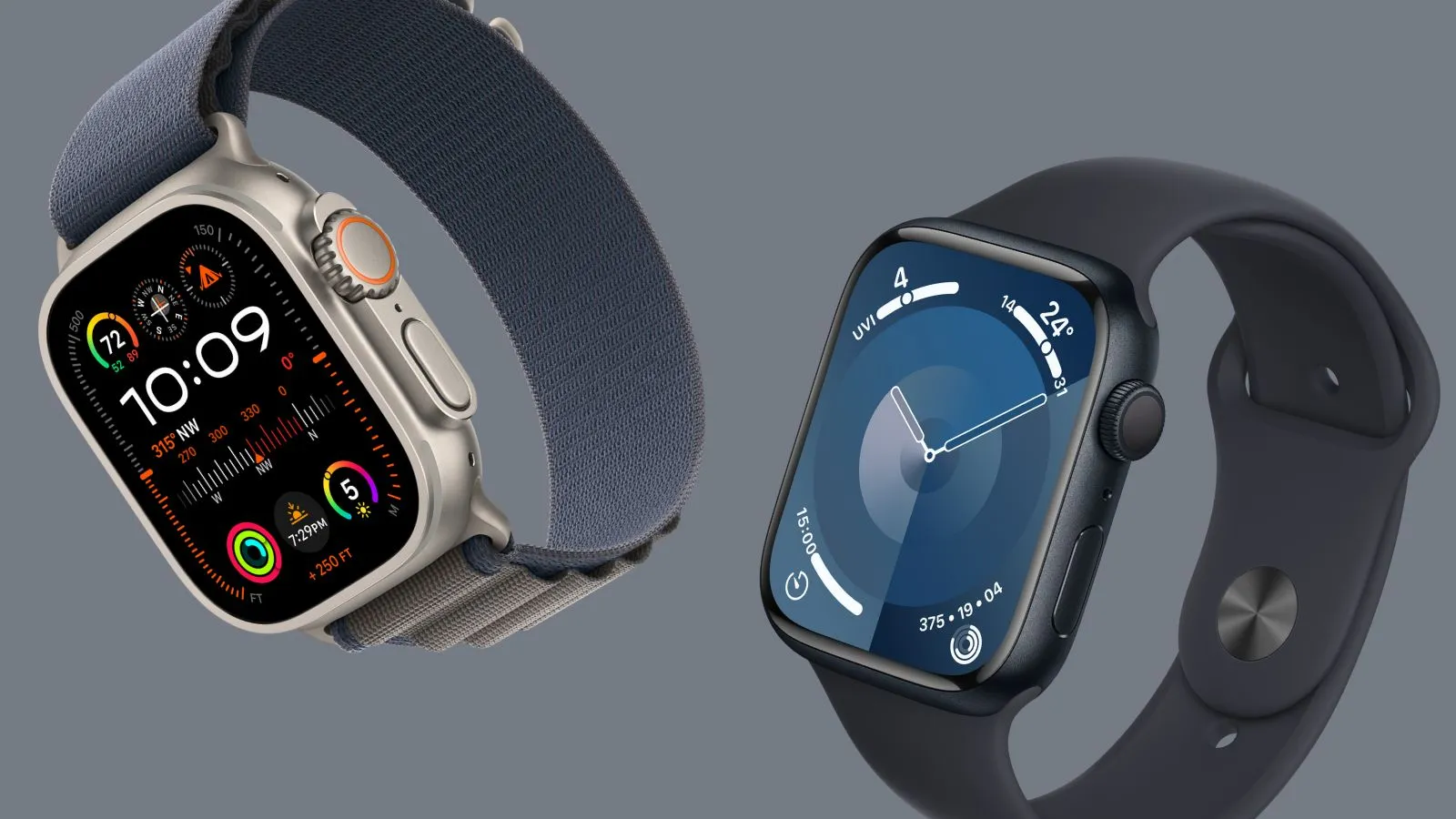The Apple Watch, a global leader in the wearable tech market, has revolutionized the way we interact with our health and wellness. But beneath the sleek exterior lies a tumultuous legal landscape, riddled with disputes concerning intellectual property, antitrust, and regulatory hurdles. Here’s a breakdown of the key legal challenges Apple faces with its flagship wearable:
Key Highlights:
- Patent Dispute with Masimo: The International Trade Commission (ITC) imposed a sales ban on Apple Watch Series 9 and Ultra 2 models in the US due to alleged patent infringement of Masimo’s blood oxygen sensor technology. Apple is appealing the decision.
- Antitrust Lawsuit from AliveCor: Medical technology company AliveCor accused Apple of unfairly restricting competition in the heart-monitoring app market for the Apple Watch, violating antitrust laws. A recent appeal court ruling dismissed the suit, but AliveCor plans to fight on.
- Health Feature Regulatory Scrutiny: Regulatory bodies in different countries have raised concerns regarding the accuracy and potential misuse of health features like ECG and fall detection on the Apple Watch. Apple is navigating these regulatory nuances to ensure compliance.
Patent Infringement: Blood Oxygen Sensor Battle with Masimo
In December 2023, the ITC ruled that Apple Watch Series 9 and Ultra 2 infringed on patents held by Masimo and its subsidiary Cercacor Laboratories, pertaining to blood oxygen sensor technology. This resulted in a sales ban on these models in the US. Apple vehemently denies the accusations and is currently appealing the decision. This case highlights the complexities of intellectual property litigation in the tech industry, where innovation often hinges on incremental advancements upon existing technologies.
Antitrust Concerns: AliveCor Accuses Apple of Unfair App Store Practices
Medical technology company AliveCor filed an antitrust lawsuit against Apple in 2020, alleging that the tech giant used its control over the App Store to unfairly disadvantage their heart-monitoring app KardiaMobile. AliveCor claimed that Apple restricted their app’s access to key functionalities of the Apple Watch, hindering competition and limiting consumer choice. While a recent court ruling dismissed the case, AliveCor intends to appeal, raising concerns about potential anti-competitive practices within the Apple ecosystem.
Navigating Regulatory Seas: Health Feature Scrutiny from Global Watchdogs
Health features like ECG and fall detection on the Apple Watch have attracted scrutiny from regulatory bodies worldwide. In Germany, concerns regarding overdiagnosis and potential misuse of ECG led to restrictions on its use. Regulatory authorities in other countries are also evaluating the accuracy and data privacy implications of these features. Apple is actively engaging with regulators to ensure compliance and address concerns, demonstrating the ever-evolving landscape of health regulations in the wearable tech space.
The Road Ahead: Balancing Innovation with Legal Compliance
As the Apple Watch evolves, legal challenges surrounding intellectual property, antitrust, and regulatory compliance will likely continue. Striking a balance between innovation and fair competition while addressing legitimate regulatory concerns will be crucial for Apple to navigate this complex legal landscape. The outcome of these legal battles will have significant implications for the future of the wearable tech industry and how tech giants like Apple approach innovation and market practices.
The Apple Watch’s success has paved the way for innovations in wearable technology, but legal challenges surrounding patent infringement, antitrust, and regulatory compliance cast a shadow on its future. As Apple navigates these complex legal battles, the outcome will shape the landscape of the wearable tech industry and set precedents for innovation and market practices in the digital age.







